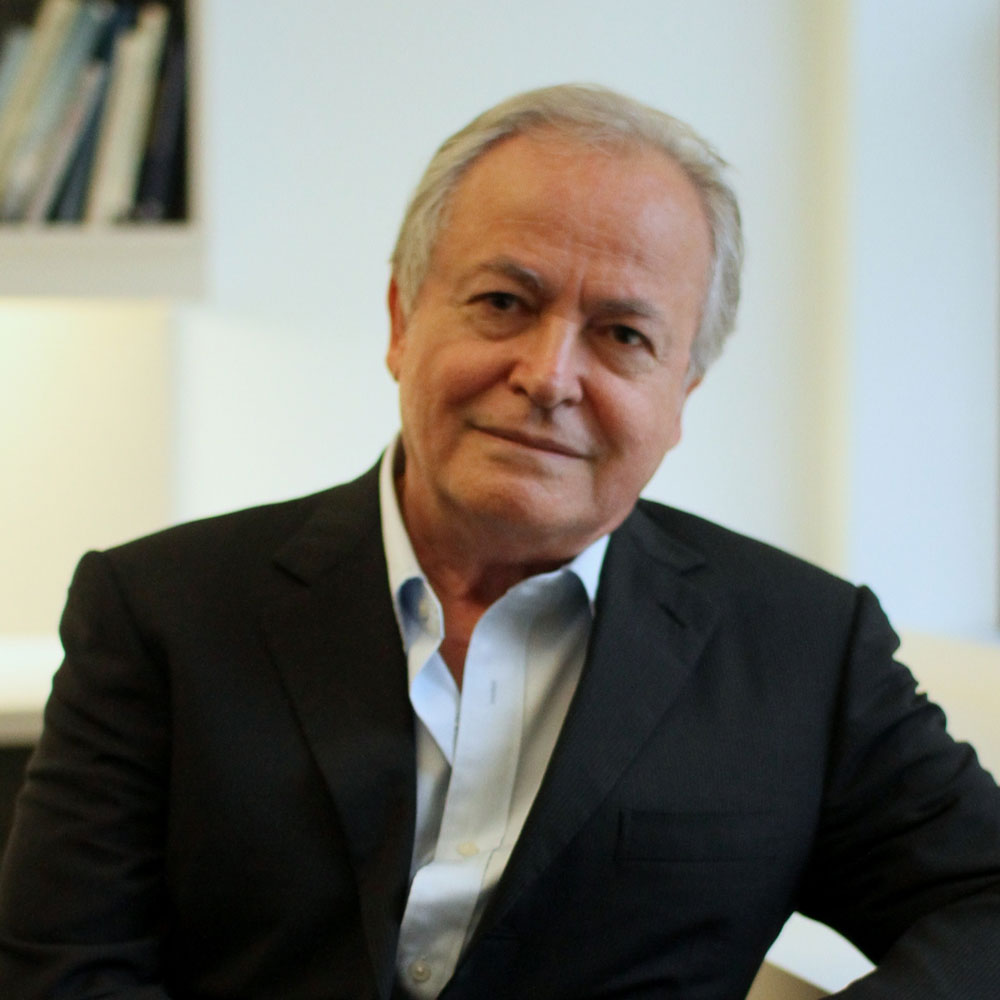by: AIA New York
Joseph Coppola, FAIA, Principal at Dattner Architects, combines his grasp of architectural history, design vision, and dedication to serve the public realm, resulting in precedent-setting advances in the art and science of the adaptive reuse of historic buildings. Coppola’s passion for his work is matched by his commitment to sharing his expertise and experience with the architectural community. During his tenure as a member of the AIANY Historic Buildings Committee, he worked to document the variety of historic buildings in New York City and promoted the collection and dissemination of information and knowledge concerning that legacy among AIA members and colleagues in related fields. As a member of the AIANY Technology Committee, he was an early and forceful advocate for the implementation and continual upgrading of the softwares that have transformed professional practice.
This year, the Jury of Fellows of the AIA elevated Coppola to its prestigious College of Fellows in the second category of fellowship, which recognizes architects who have made efforts “to advance the science and art of planning and building by advancing the standards of architectural education, training, and practice,” according to the organizations’s definition. Now among the AIA membership’s three percent distinguished with Fellowship and honorary Fellowship, Coppola was recognized at the New Fellows Reception hosted by AIA New York and was honored further in June at an investiture ceremony at the AIA Conference on Architecture in New York City.
Q: What is your proudest achievement as an architect, or your favorite project you’ve worked on?
A: My proudest achievement is my work on the design and creation of Riverbank State Park in West Harlem. It remains one of the most unique projects in New York City, and possibly in the world, with a new 28-acre public park space with recreational buildings created over a water treatment plant. The project also included the design of two vehicular/pedestrian bridges to provide access to the park, thus knitting together a new public space with an existing community.
Q: What is your earliest memory of experiencing architecture?
A: Arriving along Hudson River Piers on a ship from a small village in Sicily, I remember seeing all the tall buildings that make up the New York City skyline. Since that beginning, living and exploring the City has given me an understanding of urban spaces and great buildings, whether contemporary or historic. Over the years, I have had the privilege of meeting and collaborating with great design professional, architects, engineers, and specialty consultants practicing in the City of New York.
Q: What is influencing your work the most right now?
A: New technologies of building systems and materials continue to influence my work, while strengthening my appreciation for architecture. Innovative technologies and 3D modeling tools are providing new possibilities for forms and structures. I continue to see the creation of more exciting, sustainable, and livable architecture for the future.
Q: What are you working on right now, or what is your next big project?
A: With a passion for rescuing often-abandoned historically significant buildings, I have continued to work on preservation projects. The Dean Sage House, located in Brooklyn’s Crown Heights North Historic Landmark District, is part of a larger project including the Institute for Community Living. I contributed to the design of a new structure, which complements the historic mansion and will provide new supportive and affordable housing. It is anticipated to open this year.
Q: What does being a Fellow mean to you?
A: I feel very honored and privileged to be recognized by the AIA for my work in the preservation of significant New York City landmarks and other public structures. The elevation to the College of Fellows provides me with a sense of fulfillment and accomplishment. The honor brings my childhood aspiration of becoming an architect to a complete full cycle: from educating myself through New York City public schools, graduating with a BA from City College School of Architecture, practicing architecture, and realizing projects within NYC that I can still admire today.
Editors’ Note: This feature is part of a series celebrating the 28 members of the American Institute of Architects (AIA) New York Chapter that have been elevated to the AIA College of Fellows in 2018, an honor awarded to members who have made significant contributions to both the profession and society. Learn more about Fellowship here.













